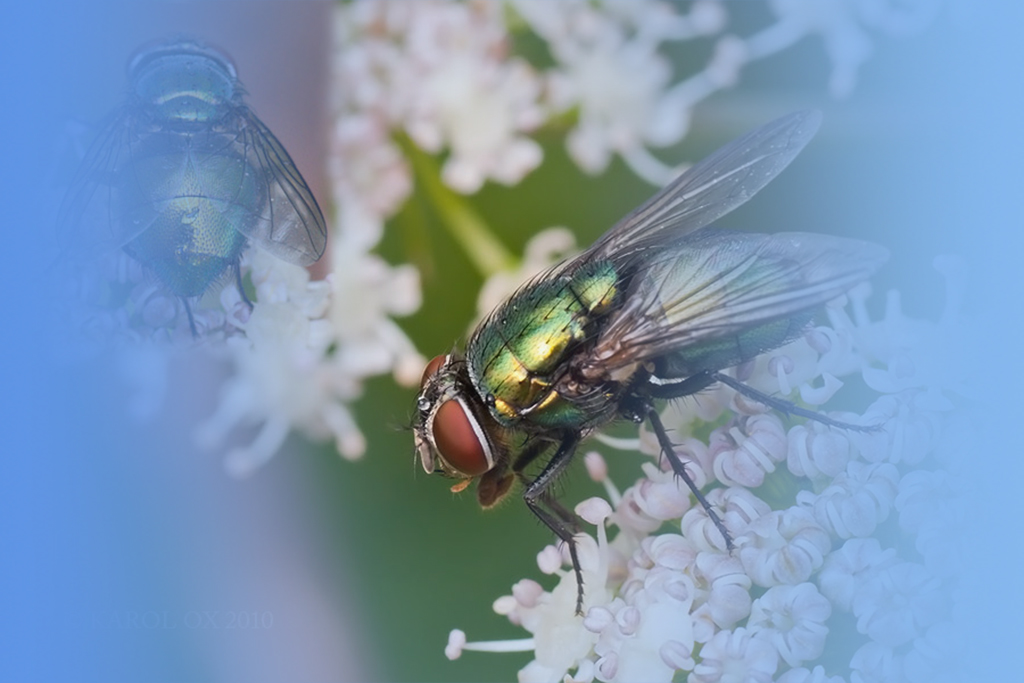[1] Franklinos LHV, Jones KE, Redding DW, et al. The effect of global change on mosquito-borne disease[J]. Lancet Infect Dis, 2019, 19(9):e302-e312. DOI:10.1016/S1473-3099(19)30161-6.
[2] Li CL, Lu YM, Liu JN, et al. Climate change and dengue fever transmission in China:Evidences and challenges[J]. Sci Total Environ, 2018, 622-623:493-501. DOI:10.1016/j.scitotenv.2017.11.326.
[3] Lu JY, Chen ZQ, Ma MM, et al. Epidemic trend of dengue fever in Guangzhou City from 2008 to 2017[J]. J Trop Med, 2018, 18(7):973-976, 985. DOI:10.3969/j.issn.1672-3619.2018.07.031.(in Chinese) 陆剑云, 陈宗遒, 马蒙蒙, 等. 2008-2017年广州市登革热疫情流行趋势[J]. 热带医学杂志, 2018, 18(7):973-976, 985. DOI:10.3969/j.issn.1672-3619.2018.07.031.
[4] Yue YJ, Liu XB, Guo YH, et al. Spatio-temporal distribution and environmental factors of dengue fever in China, 2020-2022[J]. J Environ Hyg, 2023, 13(5):341-345. DOI:10.13421/j.cnki.hjwsxzz.2023.05.006.(in Chinese) 岳玉娟, 刘小波, 郭玉红, 等. 2020-2022年中国登革热时空分布及相关环境因素分析[J]. 环境卫生学杂志, 2023, 13(5):341-345. DOI:10.13421/j.cnki.hjwsxzz.2023.05.006.
[5] Wang J, Luo F, He WT, et al. Epidemiological characteristics of dengue fever in Guangxi Zhuang Autonomous Region, China, 2016-2020[J]. Chin J Vector Biol Control, 2023, 34(1):65-69. DOI:10.11853/j.issn.1003.8280.2023.01.012.(in Chinese) 王晶, 罗飞, 何为涛, 等. 广西壮族自治区2016-2020年登革热流行特征分析[J]. 中国媒介生物学及控制杂志, 2023, 34(1):65-69. DOI:10.11853/j.issn.1003.8280.2023.01.012.
[6] Chen LH, Nian PY, Shen XL, et al. Epidemiological trends and outbreak characteristics of dengue fever in Yunnan Province, China, 2013-2022[J]. Chin J Vector Biol Control, 2024, 35(1):63-68, 73. DOI:10.11853/j.issn.1003.8280.2024.01.011.(in Chinese) 陈莉华, 念鹏英, 沈秀莲, 等. 云南省2013-2022年登革热流行趋势及暴发疫情特征分析[J]. 中国媒介生物学及控制杂志, 2024, 35(1):63-68, 73. DOI:10.11853/j.issn.1003.8280.2024.01.011.
[7] Li XN, Liu Y, He WY. Mosquito vectors surveillance in Guangzhou City[J]. Acta Parasitol Med Entomol Sin, 2021, 28(2):134-138, 84. DOI:10.3969/j.issn.1005-0507.2021.02.011.(in Chinese) 李晓宁, 刘远, 何蔚云. 广州市蚊媒监测研究[J]. 寄生虫与医学昆虫学报, 2021, 28(2):134-138, 84. DOI:10.3969/j.issn.1005-0507.2021.02.011.
[8] Mo DH, Zhu MH, Liu LJ, et al. Community surveillance on Aedes albopictus with ovitraps from 2017 to 2020 in Minhang District of Shanghai[J]. Chin J Hyg Insect Equip, 2023, 29(1):21-24. DOI:10.19821/j.1671-2781.2023.01.007.(in Chinese) 莫旦红, 朱敏慧, 刘丽军, 等. 2017-2020年上海市闵行区诱蚊诱卵器法监测社区白纹伊蚊的情况调查[J]. 中华卫生杀虫药械, 2023, 29(1):21-24. DOI:10.19821/j.1671-2781.2023.01.007.
[9] Huang JJ, Liang XY, He SY, et al. Surveillance on dengue vector Aedes albopictus in Guangzhou from 2019 to 2021[J]. Chin J Hyg Insect Equip, 2022, 28(5):426-430. DOI:10.19821/j.1671-2781.2022.05.010.(in Chinese) 黄炯今, 梁雪莹, 何时雨, 等. 2019-2021年广州市登革热媒介白纹伊蚊监测分析[J]. 中华卫生杀虫药械, 2022, 28(5):426-430. DOI:10.19821/j.1671-2781.2022.05.010. |



